In any endeavor, sometimes trying new and different things leads to a dead end. Model railroading has its own pitfalls in that regard. To wit:
I recently started a project to scratchbuild at least 6 flat cars for the model S&NY, the reasons being 4 fold: The Barclay Chemical plant in Laquin needed more dedicated traffic coming in, in the form of hardwood loads, in order to give a local train a bit more to do during an op session; it would help fulfill the requirements towards the NMRA Achievement Program “Master Builder-Cars” certificate; it would help build my skills before taking on more complex projects; and it might be “fun”. The “fun” part is entirely subjective as we shall see…
Anyway, I wanted to build several cars using these S&NY examples as a basis:
The basic flat car could also serve as a foundation for the S&NY flanger:
Also a crane-flat:
And also the gondolas seen in the background in this photo, and in the one prior:
Mr. Dave Vinci wrote an excellent article on scratchbuilding a PRR class Fk flatcar for “The Keystone Modeler No. 42 January 2007”, and the article is available here: Scratchbuilding a Class Fk Flat Car . I figured I would follow his techniques, but using dimensions from a PRR class Fh car instead. The Fh was shorter than the Fk, (36’5″ vs. 38’4″) and used archbar trucks with a 5’0″ wheelbase, rather than 5’6″ trucks on the Fk. I had half a dozen Tahoe Model Works trucks with the shorter wheelbase, and desired to use these as I think they give a really older feel, visually, than the “standard” archbars.
Mr. Vinci described the difficulty in adding adequate weight to the model in order to bring the weight up to NMRA standards, which should be about 3-1/2 oz. total. The article shows how to use lead shot in the underbody voids to accomplish this, but the weight still comes up short.
I had hoped to add more weight to my cars by laminating lead sheet into the flatcar deck during assembly. I had some 1/32″ lead sheet on hand, and smugly set about building the flat car deck. I had to tweak the dimensions of the end beams and side members a bit, but it looked like it might just work. I used contact cement to glue the lead to a piece of 0.040″ styrene, and used a small wooden roller to ensure even contact. Started to work on the bolsters and underframe, and the coupler height looked like it would be dead-on. So far so good…
Except today when I went to work on the car…something…was…wrong…:
The deck was now all warpy and curved. What the…..?
I had built the deck during some hot and humid days when we had the house A/C on. Meanwhile, the weather cooled off and we turned off the A/C and kept the windows open. The basement warmed up a bit and the air got a touch more humid. Not sure if the lead sheet expanded a little relative to the styrene, or if there was air trapped between the plastic and lead that expanded, or if the glue continued to out-gas and caused some delamination and deformation of the plastic. Either way, the idea of using lead in the deck of the car was not going to work…
Thus, FAILURE!
Also, other issues arose at this point. The PRR Fh is 36’6″ long. The April 1940 ORER lists the S&NY flats as being 38’1″ long. Uh oh.
Further review of some of the photos shows what looks like hoppers underneath some of the cars. Could some of these “flatcars” actually be old cut-down drop-bottom gondolas? I really would prefer not to have to scratchbuild underbody hoppers for 6 or more cars. Double uh-oh…
Well then…What to do, what to do?
After a bit of soul-searching and creative use of profanity, I’ve decided to press ahead using the PRR Fh and Mr. Vinci’s article as a guide. I have no dimensions or more-detailed photos of the S&NY cars to work from anyway, especially the undersides. I’ll construct them to mimic the S&NY flats in appearance as much as possible (and practical!). I’ll lose some conformance points for the NMRA AP certificate, but that is a secondary issue. The ultimate goal is an operational model railroad based on the S&NY, and a few compromises will always be necessary to achieve that.
I’ve already built a new flatcar deck without lead this time, and so far no warping. I’ll update as I can!
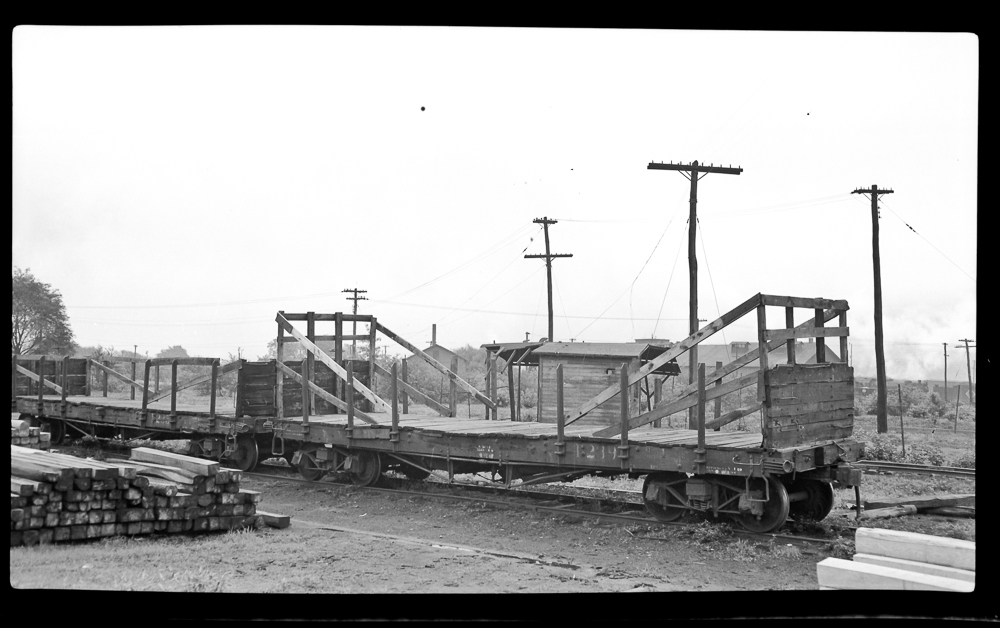
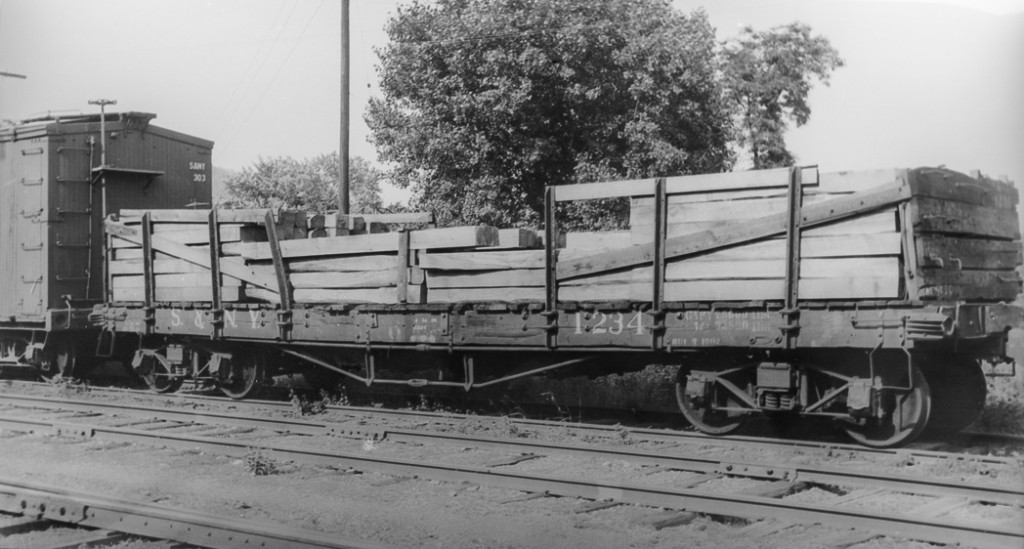
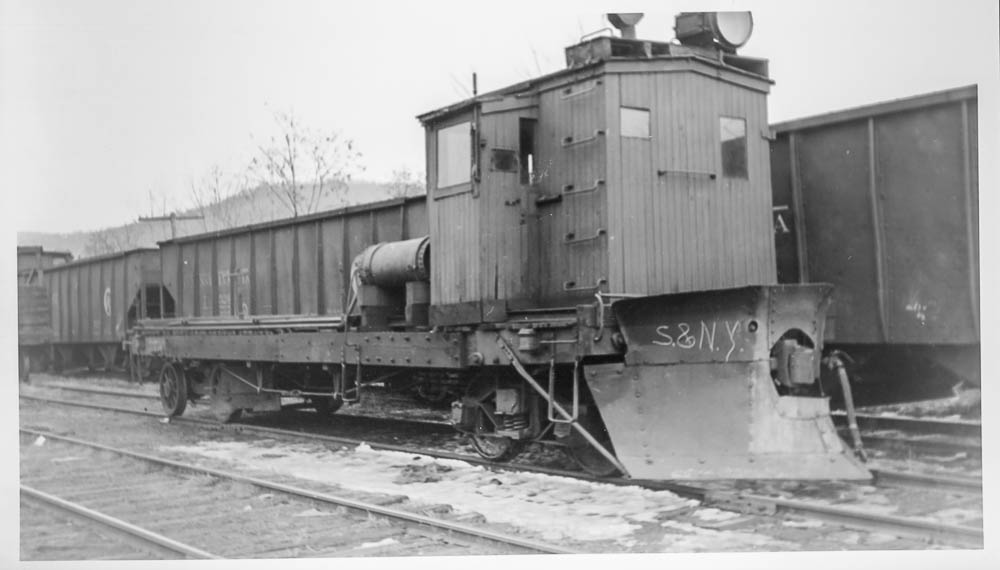
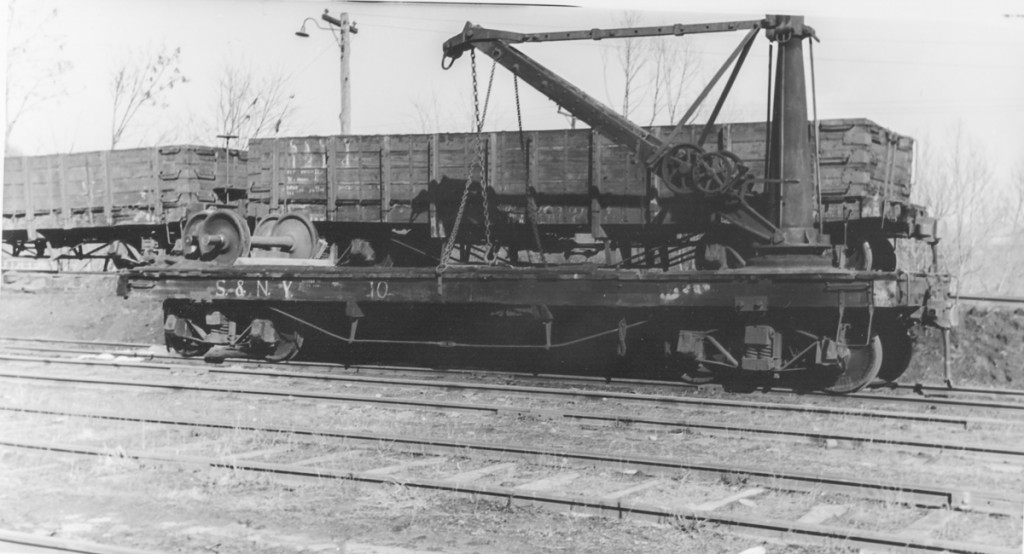
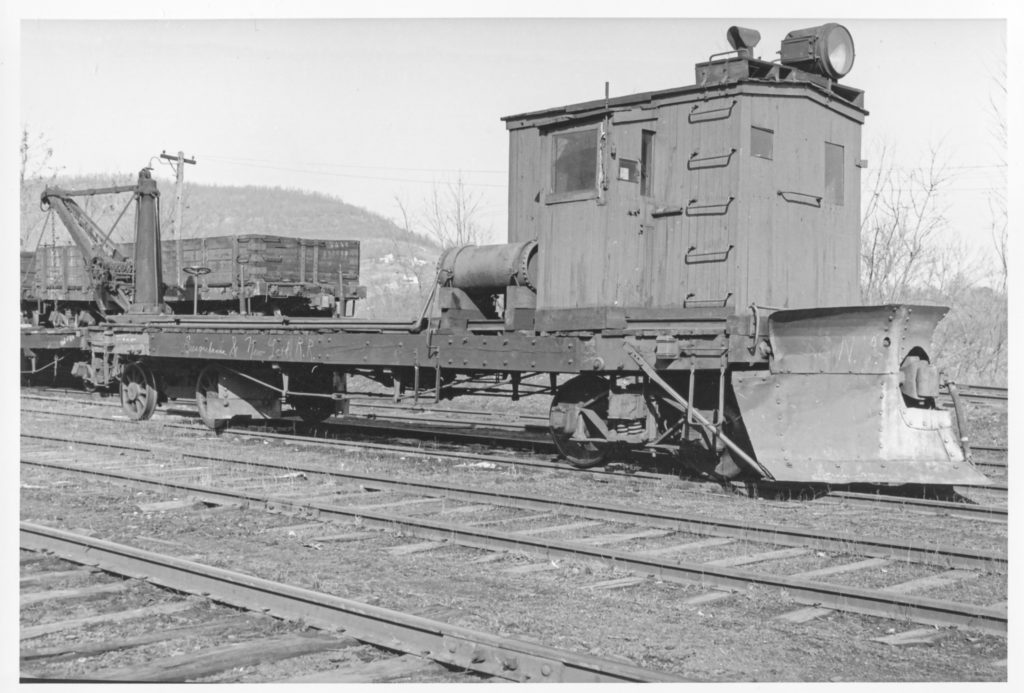

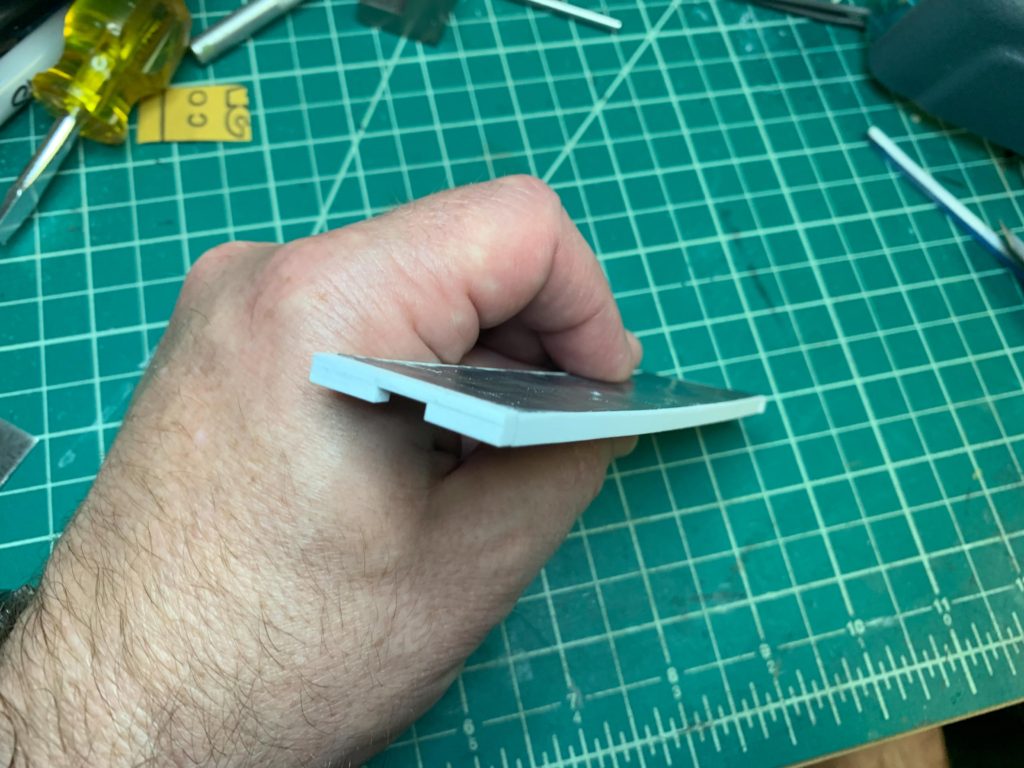
Why glue the lead? The deck should hold it in place. If you’re worried about it moving a single drop of glue in the center would hold it.
I suspect that the solvent in the glue attacked the plastic causing it to shrink or swell. Ask John W about solvents & plastic. I imagine that he has access to data that would spell out what the interaction could be.
Another way to increase the weight would be to make some of the underframe from brass. If you use a hollow piece you could even fill it with something like TempLow.
Well, the lead sheet was to be an integral part of the deck, and would have to be glued to something. I thought about the brass, but styrene is so much easier to work with. Actually, I thought about making a styrene master, and casting the whole underframe sans the “wood” deck out of Cerrobend or other low-temp metal. May do that as an experiment in the future. I saved the frame. I’ll show you guys next time we have an op session.
Isn’t the sway to the frame within what is expected on wood framed cars that didn’t receive a lot of maintenance? If you have only built the one car why not save the time and effort invested by building it as a sway back version. Try another build with the same technique but place it between heavy books as everything dries for a couple of weeks. Switching the glue for the lead sheet from contact cement to an epoxy will probably get rid of the warping problem as the contact cement can carry a lot of volatile solvents that can attack plastic.
Glad to see you back on the blog, always look forward to the posts
Lee
Lee,
Good ideas. My concern is that there was so much deformation the car wouldn’t track properly. We’ll see…
Put the frame in the refrigerator and see if it bends the other way.
I’ve used the lead floor construction with few problems. I lightly score the top and bottom to represent individual boards and then distress with a wire bush. In the photos the wood floor boards overlap the frame and so notch the ends of the lead boards. I follow the Tichy technique to color the lead as distressed wood. I build the under frame with Evergreen strips and shapes, Lead to styrene attachment is with Wathers Goo. My lead floor cars have been stable in use for years.
For dimensions use Photoshop to remove perspective, assume a 33 inch wheel, set up the grid and scale then measure away.
Dick,
Thanks for the tips! Will have to give them a shot!
Mike H.